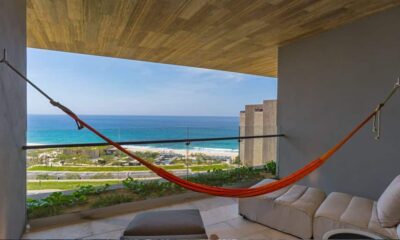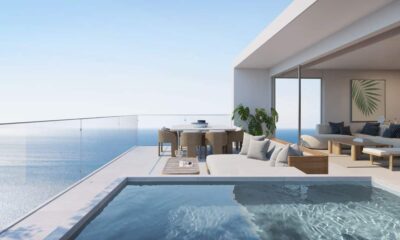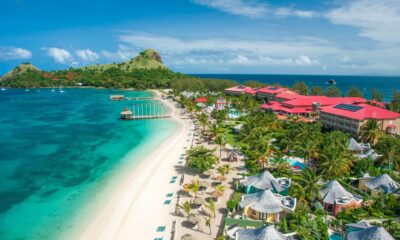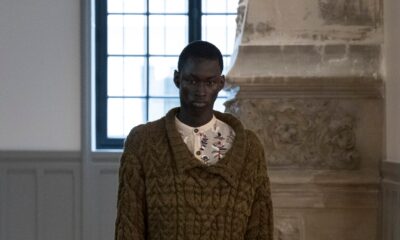Fashion
Louis Vuitton Resort 2025 Collection
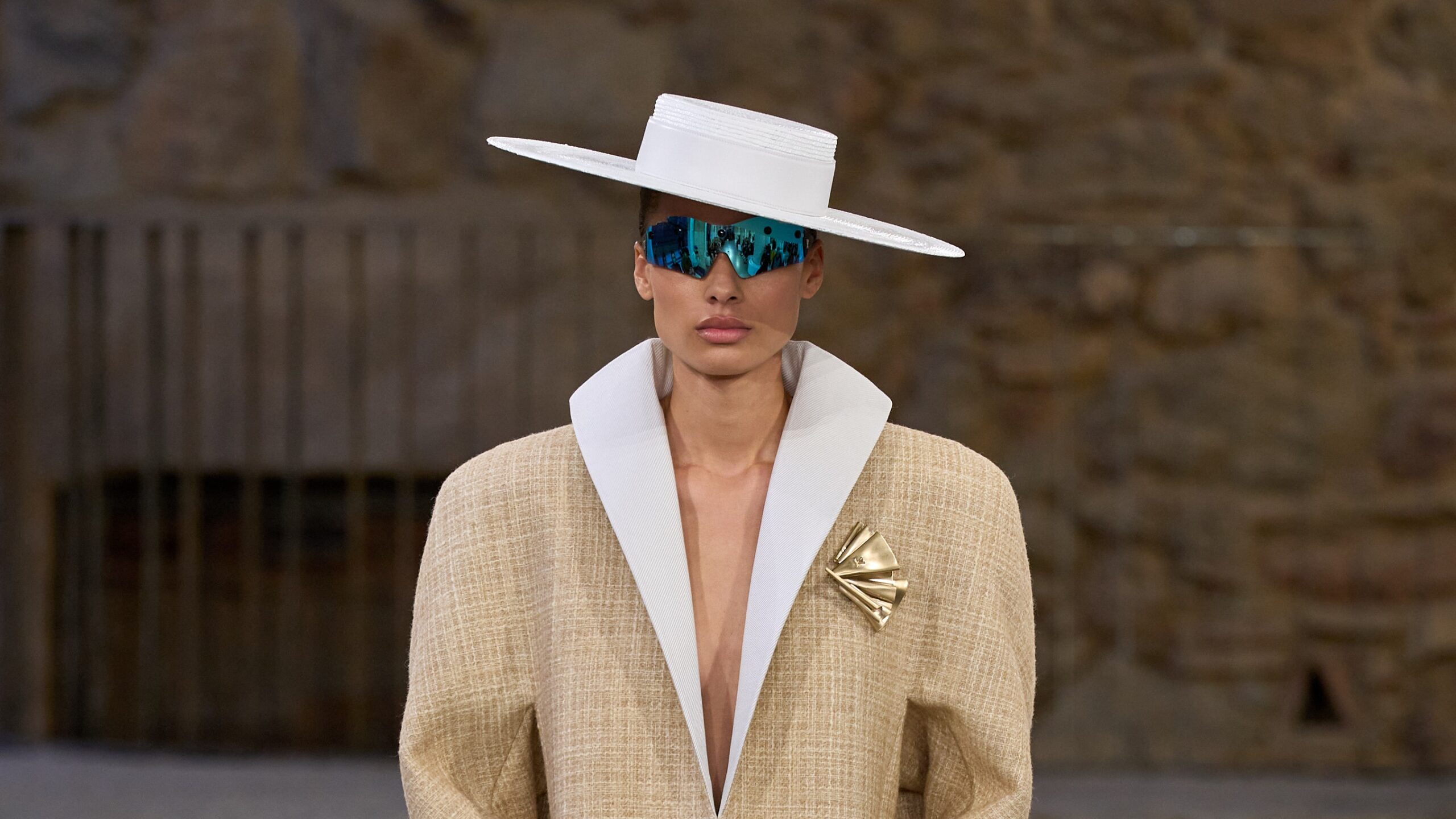
Louis Vuitton has been hosting Nicolas Ghesquière’s destination shows for a decade, showcasing architectural wonders around the world. This year the designer chose the Hypostyle Room of Antoni Gaudi’s Park Güell, a covered hall whose mosaic ceilings are a signature of Gaudi. The Park Güell was conceived as a planned community, but was canceled mid-construction by the First World War and was baptized a park instead, and has since become one of Barcelona’s main tourist attractions, alongside the architect’s masterpiece, the Sagrada Familia.
The phantasmagoric atmosphere of Park Güell matches the era-mashing, time-traveling codes Ghesquière instituted at Vuitton in his 10 years with the brand, but the location was a bit of a red herring. His new cruise collection was only indebted to Gaudi insofar as it was inspired by Spanish characters of all stripes. In an interview before the show, Ghesquière mentioned the great painters Velazquez, Goya and Zurburan, legendary filmmaker Luis Bunuel and Rodrigo Sorogoyen’s award-winning 2022 film As Bestasas well as the upcoming America’s Cup in Barcelona, of which Vuitton is the main sponsor.
“I wanted to respect the place where we are,” Ghesquière said. “I love that this country exudes a certain groundedness and rigor, and in the meantime it’s about freedom, about youth, about extravagance somehow.”
That push-pull played out throughout the collection, which began with a parade of tailored, mostly neutral looks, all worn with straw gaucho hats and mirrored racing sunglasses. Ghesquière said the first and third exits were modeled on the sailor’s traditional vareuse — note their wide collars — but their broad shoulders and inverted triangular shapes were also borrowed from the silhouettes of his 1980s youth. “It’s quite dressed up, there’s nothing casual about it,” he said. But toward the end, the strictness of his jupe tailleurs and jacket dresses gave way to the lush draping of silk skirts and trousers, their chiaroscuro silk folds nodding in the direction of the Spanish masters he referenced. The ultramarine of a one-sleeve bubble dress was particularly gorgeous.
In between, he suggested equine touches, such as shiny riding boots and breeches with deep faux-fur cuffs, and polka-dot and frilled ruffles, though nothing was as mundane as a flamenco dress. Also no reference to Cristobal Balenciaga. Although he was Spain’s greatest designer and Ghesquière headed the house for almost a decade and a half, he has closed that chapter. Instead, a deconstructed white lace skirt was reconstructed with wire crochet in the style, he said, of fellow Spanish designer Paco Rabanne. (Ghesquière’s friend Julien Dossena, who currently designs Rabanne, sat in the audience alongside their mutual friend, designer Natacha Ramsay-Levi, and LV A-listers like Jennifer Connelly, Regina King and Sophie Turner.)
Other experiments, such as the silk and wool dresses he dipped in boiling water, where only the wool shrank, owed less to the setting than to Ghesquière’s own process-oriented approach and preference for processed surfaces. One thing that Ghesquière and Gaudi certainly share is a sense of daring.

